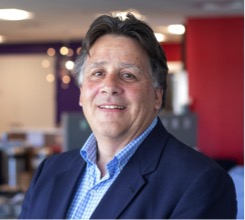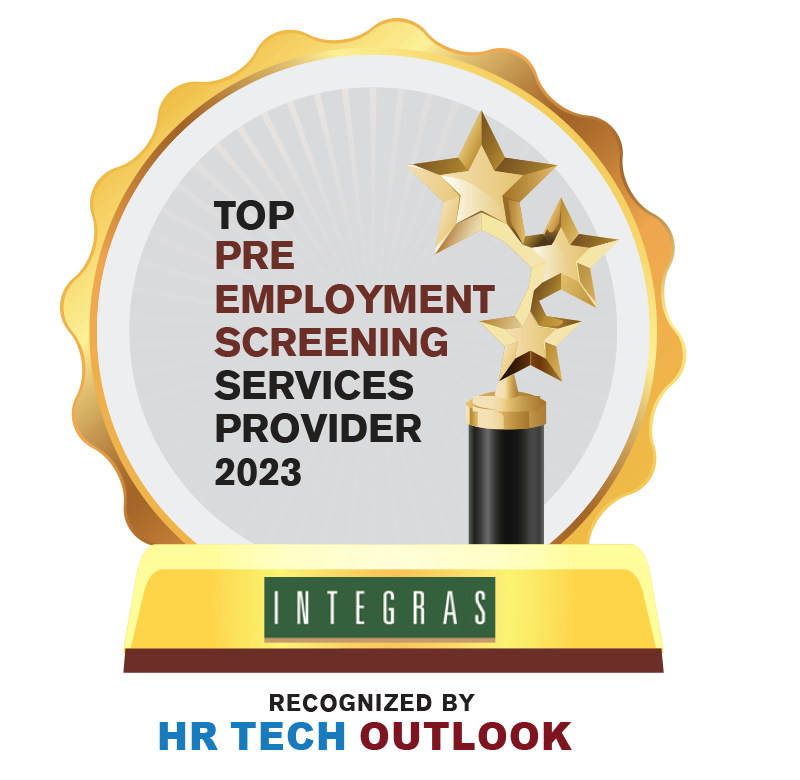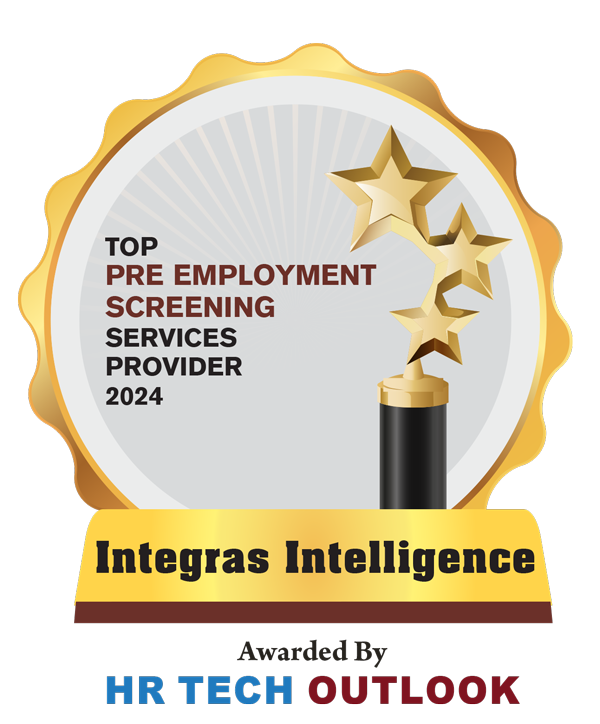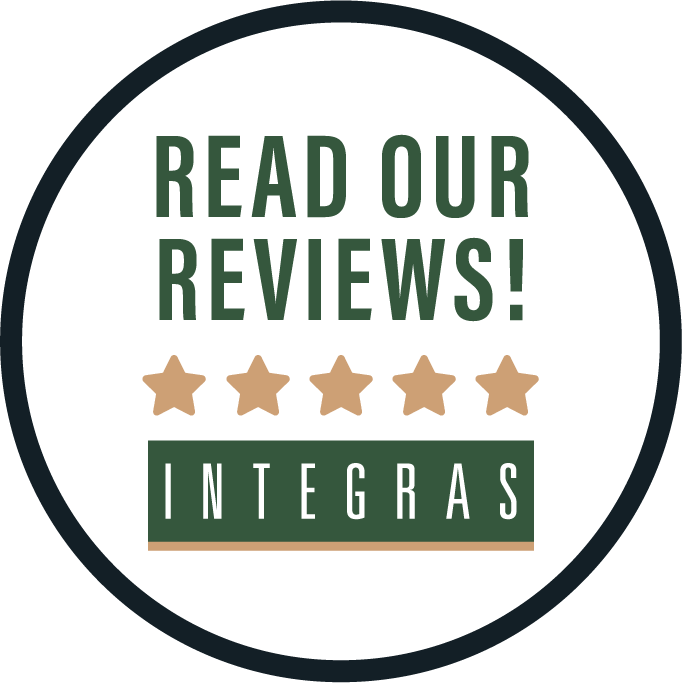
Modern businesses will either adapt or they will fail. During a pandemic, that holds true more than ever. With the changing workforce needs, continuously updating technology, and fluctuating consumer priorities, what was once thought to be a sound business strategy could now be much less effective. Whether it’s a CEO, an HR Director, or a VP of Sales, everyone is realizing that these new challenges require new solutions in the form of business strategies, talent, and novel ideas. According to KPMG’s 2020 Future of HR survey, 57% of HR executives said that, if HR doesn’t reform its approach, it will become irrelevant within the modern organization.
Some forward-thinking businesses are already finding their way by focusing on a few high-impact priorities—what KPMG calls Pathfinding Organizations. Although they make up just 10% of the survey sample, they have a lot to teach businesses about facing the future of HR.
Pathfinding Organizations apply four capabilities:
- Shaping the workforce
- Designing employee experience
- Building the culture
- Using data for workforce insight
These four capabilities correlate to the Talent Optimization model. Talent Optimization is a framework in which businesses align their strategic goals with their most important (and costly) asset—their people—to create an efficient, engaging organization. It encompasses the four Pathfinding Organizations within a structured, people-focused strategy.
Workforce shaping
HR must adapt to the ever-changing, pandemic-stricken market. While it can be a burden, it can also be an opportunity to derive the true benefits of Talent Optimization. Regardless of their viewpoint, 76% of Pathfinding Organizations are, in fact, rethinking workforce composition.
These are some of the questions they’re asking:
- Who should we hire?
- What new teams should we build?
- Which tasks and projects can be completed by contractors?
- What technology should we build/acquire?
- How do we increase/change the workforce’s skills to mitigate the impact of Artificial Intelligence and other technologies?
Hiring the right talent and diagnosing workforce engagement are two key pieces of Talent Optimization. These initiatives should be supported by people data and align with overall strategic goals to create the strongest impact. And HR cannot operate alone; their functions must be aligned with bigger-picture business initiatives.
Diagnose the employee experience
Hiring the right people is only part of the challenge; you also need to provide higher meaning and context for employees, which is why 95% of Pathfinding Organizations are prioritizing employee experience. Strategically, these organizations have designed a system that mirrors the customer experience.
Technology can easily overwhelm employees, inundating them with information and requests for their time. If the employees don’t connect what they’re doing with the mission and goals of the organization, they quickly become exhausted, dissatisfied, and, eventually, disengaged.
Designing the people strategy and inspiring employees are two other core components of Talent Optimization. By helping employees understand their role in the organization and giving them the tools to fulfill that role, you design a positive employee experience. Employees, in turn, are more engaged because they understand the big picture.
Culture building
HR helps to shape workplace culture through hiring decisions, onboarding, and internal and external communications. In the KPMG study, pathfinding organizations were six times more likely to say they have a culture strategy, and five times more likely to have dedicated HR roles focused on purpose and culture.
This focus on culture is a vital element of Talent Optimization because it helps support employee engagement. Since culture is built from the top down, C-suite leadership must communicate clear goals to middle management. Then, middle management will communicate those goals to employees.
At each level, people should understand how the goals fit into the overall business strategy, and what role their work plays in the process. When employees can see the value their work brings, even when other thoughts are weighing on them—the state of the country, the strain of social distancing, to name a couple—they stay engaged to go above and beyond. Building a company culture is an ongoing process that requires consistent monitoring, effort, and adjustments to align decisions and work with strategy.
Data insights
Pathfinding Organizations understand the power of data. They are almost twice as likely to invest in data scientists and data modeler roles, while 35% are planning experiments with new technologies.
Data—specifically, people data—is the foundation of Talent Optimization. It helps diagnose talent needs, design people strategy, hire the right talent, and provide a means to continuously inspire employees. Without data, HR leaders make subjective decisions that may or may not work. With data, they make objective ones that will work. In today’s world, guessing just isn’t good enough.
We believe that Talent Optimization is the path forward for HR, C-suites, and businesses in general. Pathfinding Organizations have already reached the same conclusion even if they call it by a different name. Talent Optimization strategies should guide every facet of your organization, not just the HR functions. Focusing on people, culture, and engagement informed by data can keep your business strong within our current climate and whatever else the future brings.
—————————————————————————————————————
Stephen Picarde founded PI Midlantic in 1985 and currently serves as the CEO. PI Midlantic partners with organizations to provide the tools and expertise that enable them to leverage the maximum potential from their employees.













